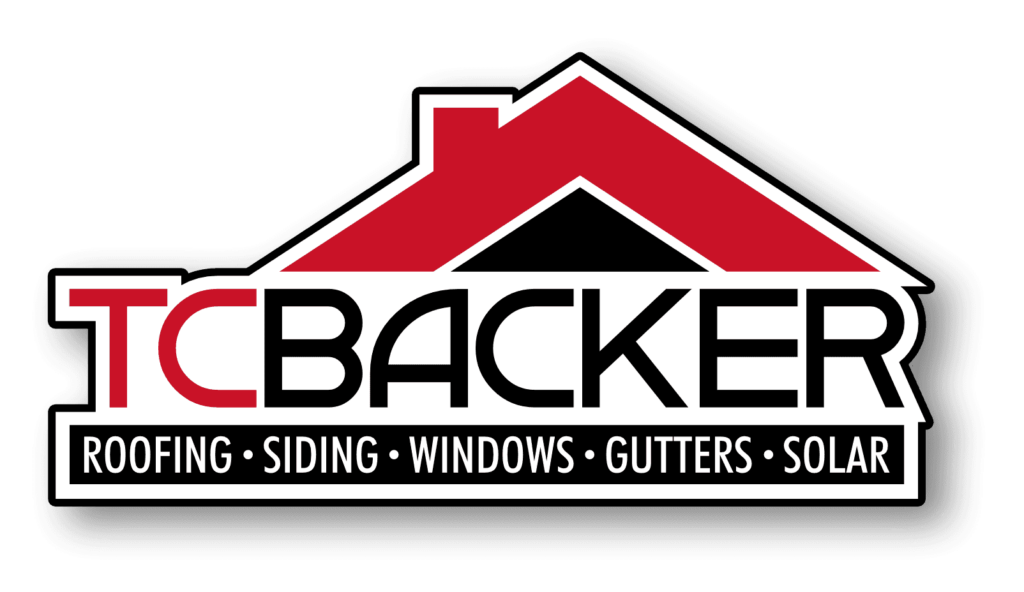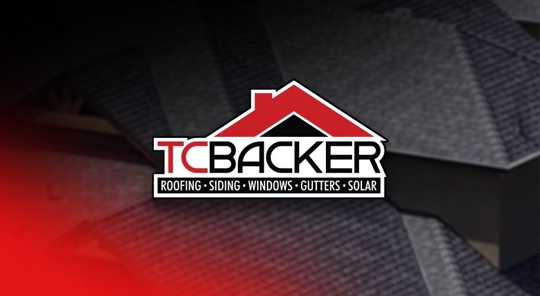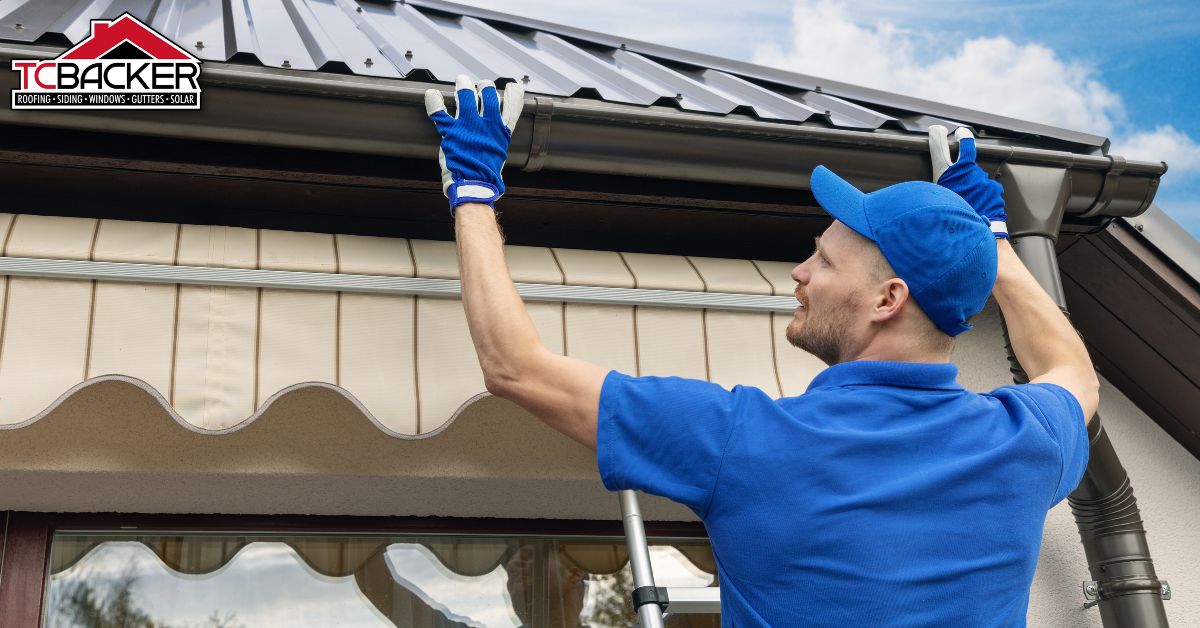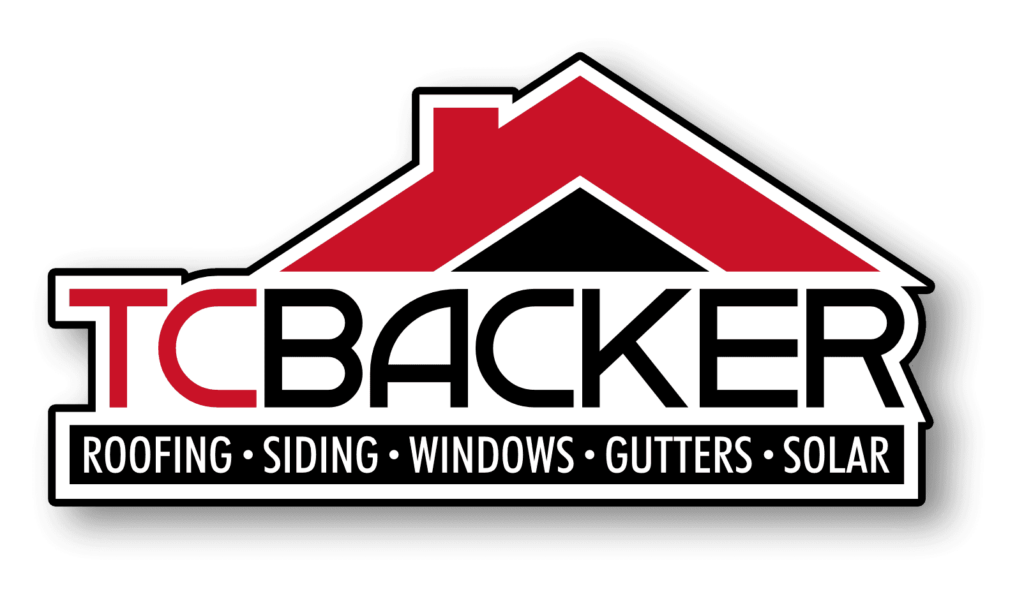Regular roof maintenance plays a crucial role in enhancing energy efficiency within a home.. It is essential to identify any damage that may have occurred, and to repair or replace any issues that arise. By dedicating time to periodic roof inspections, homeowners can effectively lower their energy costs and verify the current condition of their roof, ensuring it remains in good shape.
To enhance energy efficiency, it is crucial to understand the diverse methods by which insulation can be utilized. This article aims to provide an overview of the advantages of regular roof maintenance and its role in enhancing energy efficiency within a home.
To ensure that the roof remains in good condition and maintains energy efficiency, it is essential to have a clear understanding of the various types of damage that can occur. Having knowledge of what to look for enables homeowners to identify potential problems, empowering them to take the necessary steps to repair or replace any damaged areas promptly.
Additionally, insulation can be used to improve energy efficiency, and there are a variety of energy-saving tips that can be used to reduce energy costs. This article aims to provide an overview of the various methods by which roof maintenance can be utilized to enhance energy efficiency within a home.
Benefits of Regular Roof Maintenance
Regularly scheduled upkeep of the structure atop a building can lead to an increase in energy conservation.
By conducting regular inspections and maintenance, potential problems can be identified and addressed before causing severe damage and high repair costs.
Additionally, general maintenance tasks such as clearing debris and vegetation from gutters and drainage systems can ensure proper functioning and ensure that the roof is in top condition.
These efforts can contribute significantly to improving energy efficiency by preventing potential issues and avoiding costly repairs.
To further enhance energy efficiency and promote a longer lifespan, it is important to identify and address any existing damage.
Identifying Damage
The identification of signs of wear and tear on a roof forms a crucial aspect of roof maintenance.
Common signs of wear and tear may include cracks, discoloration, and the presence of debris.
Various factors, such as weather conditions, the age of the roof, and improper installation, can contribute to roof damage.
Signs of Wear & Tear
Monitoring for signs of wear and tear is an important part of ensuring a structure’s long-term integrity and performance. Roofs are particularly susceptible to damage due to their exposure to the elements, and the following are signs to look for:
• Missing, curled, or cracked shingles
• Discoloration or staining
• Blistering on the surface of the roof
• Standing water
The presence of any of these signs may indicate that the roof is not adequately providing the required protection, suggesting that repairs or replacement may be necessary.
Identifying and addressing these issues early on is crucial to prevent them from leading to expensive repairs or more extensive damage to the structure.
Causes of Roof Damage
Properly maintaining a roof is essential to ensuring its longevity, and understanding the causes of roof damage can help prevent costly repairs.
Weather is widely acknowledged as one of the primary factors that contribute to roof damage. High winds, heavy snow, and hail can cause damage to the roof’s surface, as well as to the underlying structure. Additionally, extreme temperatures can cause the roofing material to contract and expand, leading to cracks and fractures.
Poorly installed roofing materials can also lead to roof damage, as well as poor workmanship and inadequate maintenance. Improper sealing of the roof can lead to water infiltration, potentially causing damage to the structure and roofing materials, which may require costly repairs.
Additionally, debris, pests, and wildlife can cause damage to the roof’s surface. By understanding the causes of roof damage, homeowners can take preventive measures to ensure the longevity of their roof. These measures can include regular inspections and maintenance, as well as proper installation of roofing materials.
By taking these steps, homeowners can help keep their roofs in good condition and prevent costly repairs.
Transitioning now to the importance of timely roof repair and replacement, understanding when and how to address roof damage is essential.
Roof Repair and Replacement
Keeping up with the condition of a building’s exterior is essential to ensuring its structural and functional integrity, and replacing or repairing aging components can help ensure energy conservation.
Roof repair and replacement projects, although often associated with high costs, actively yield substantial benefits through long-term protection and increased property value. An aging roof can cause a great amount of energy loss, and a new roof can help prevent this. A damaged roof may necessitate replacement, but repairs can frequently be performed to extend its lifespan. Regular roof maintenance is essential, and any identified issues should be promptly addressed to prevent further damage.
Taking proactive measures to address roof issues can help prevent further damage and mitigate the need for expensive repairs in the future. Regular roof inspections can help identify any areas of concern and help prevent costly repairs in the future.
Enhancing the efficiency of a roof can be achieved by integrating insulation and other materials that effectively reduce heat transfer, resulting in improved energy conservation. Insulation can make a home more comfortable as well as reduce energy costs. Quality insulation can help reduce energy losses and improve energy efficiency, saving energy and money in the long run.
It is important to choose the right type of insulation for the climate and local building codes. Proper installation is also important to ensure that the insulation is effective.
Insulation to Improve Efficiency
Through the use of insulation, it is possible to diminish the energy expenditure of a building while simultaneously improving its comfort level. Insulation is an effective way to reduce energy loss and improve the energy efficiency of a building, as it helps to maintain an indoor temperature that is suitable for the inhabitants and keeps out outdoor air.
The following are some of the ways to improve the energy efficiency of a building through insulation:
• Installing insulation in walls and ceilings
• Adding insulation to windows and doors
• Weather-stripping to reduce air leaks around windows and doors
• Properly insulating the attic is essential
• Applying insulation to the roof
Insulation boosts energy efficiency, lowers costs, enhances comfort, and seals the building against outside air infiltration. Properly insulating a building pays off in the long run, saving energy effectively.
With these measures in place, homeowners can take the next step to further improve the energy efficiency of their home.
Energy-Saving Tips for Your Home
Proper upkeep of a home can lead to significant energy savings over time.
Checking for air leaks, applying weather-stripping, and caulking minimize energy waste in homes.
Additionally, switching to LED lighting can also help to reduce energy consumption.
Ensuring proper maintenance and regular servicing of the HVAC system is crucial for its efficient operation.
Additionally, setting the thermostat to a lower temperature during cooler months can also help reduce energy costs.
Installing solar panels or other renewable energy sources can help to significantly improve efficiency and reduce energy costs.
Additionally, shading windows with trees, window awnings, or exterior shutters can also help to reduce energy consumption.
Finally, replacing old appliances with newer, energy-efficient models can also help to save money on energy bills.
Proper home maintenance and energy-saving strategies can lower long-term energy costs.
Conclusion
Regular roof maintenance is essential to improving energy efficiency in a home.
It is important to identify any damage early and repair or replace the roof as needed.
Adding insulation to the roof can further improve the energy efficiency of a home.
Homeowners can reduce energy consumption by turning off lights when not in use and maximizing natural light.
Taking these preventative measures can help improve energy efficiency and reduce energy costs in the long run.
Regular roof maintenance maintains good condition, insulation, and energy efficiency of a home’s roof.
Maintaining your roof regularly improves energy efficiency. Identify and repair damages early. Add insulation for further efficiency. Save energy by turning off lights and maximizing natural light. Take action now with TC Backer Construction for professional roof maintenance and enhanced energy efficiency.
The post Roof Maintenance To Improve Energy Efficiency appeared first on TC Backer Construction.





